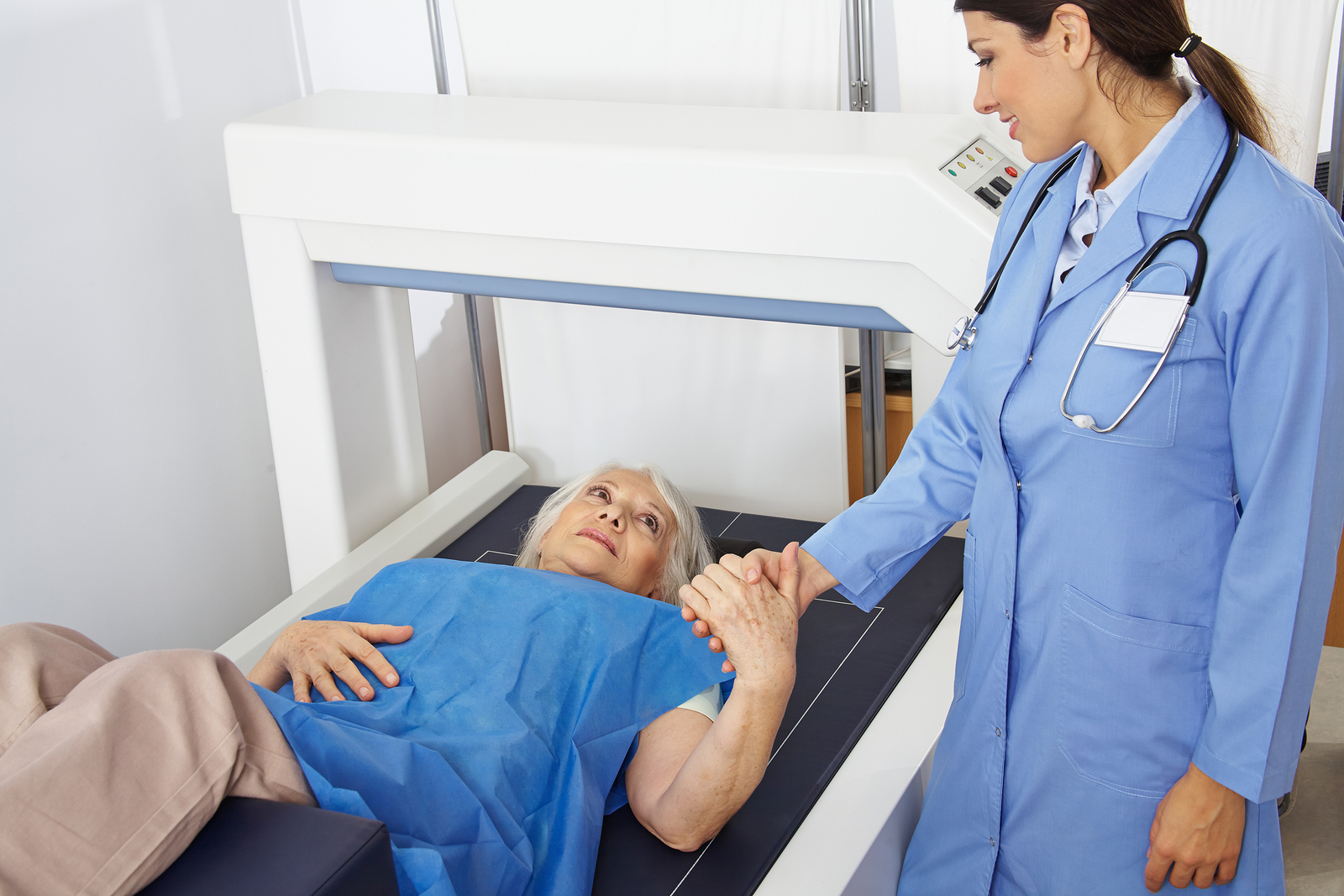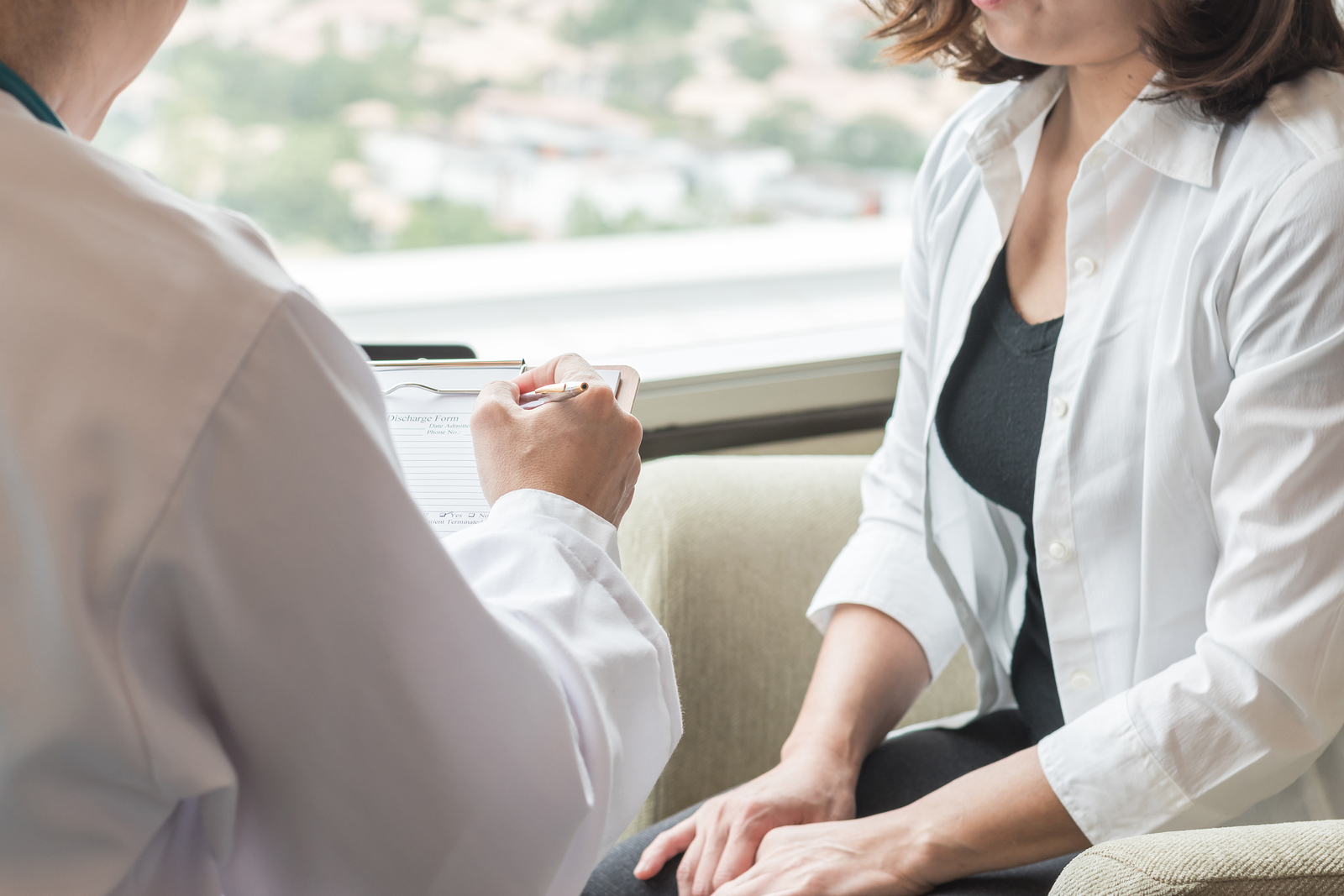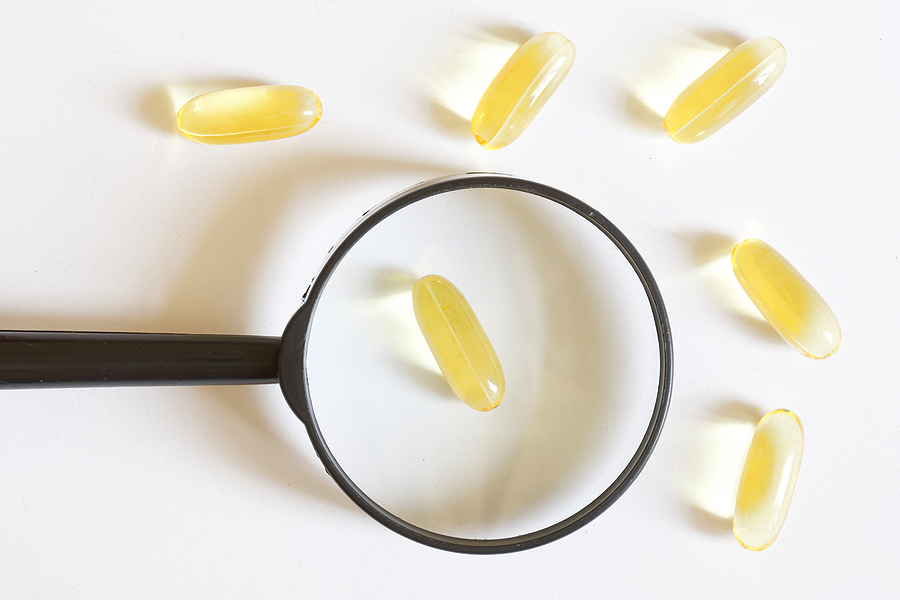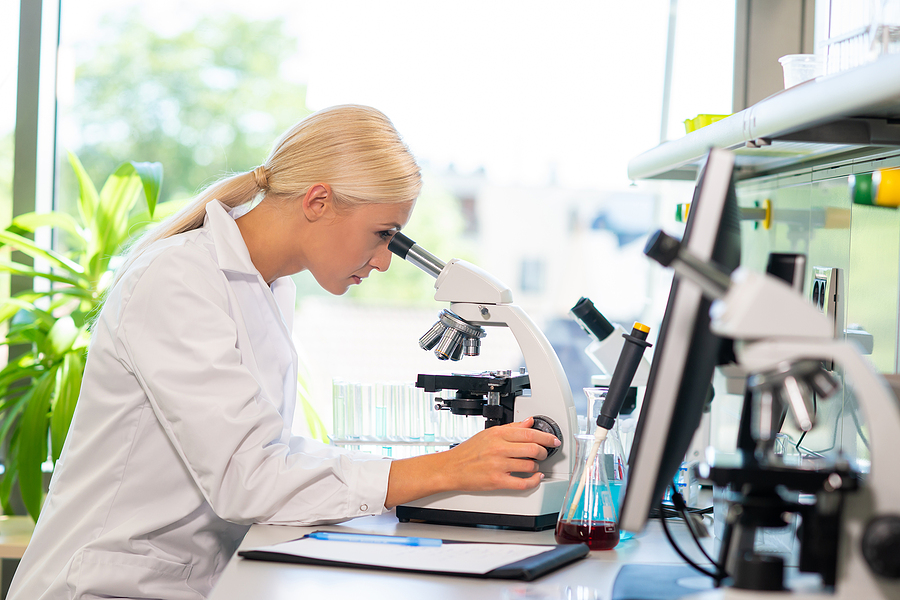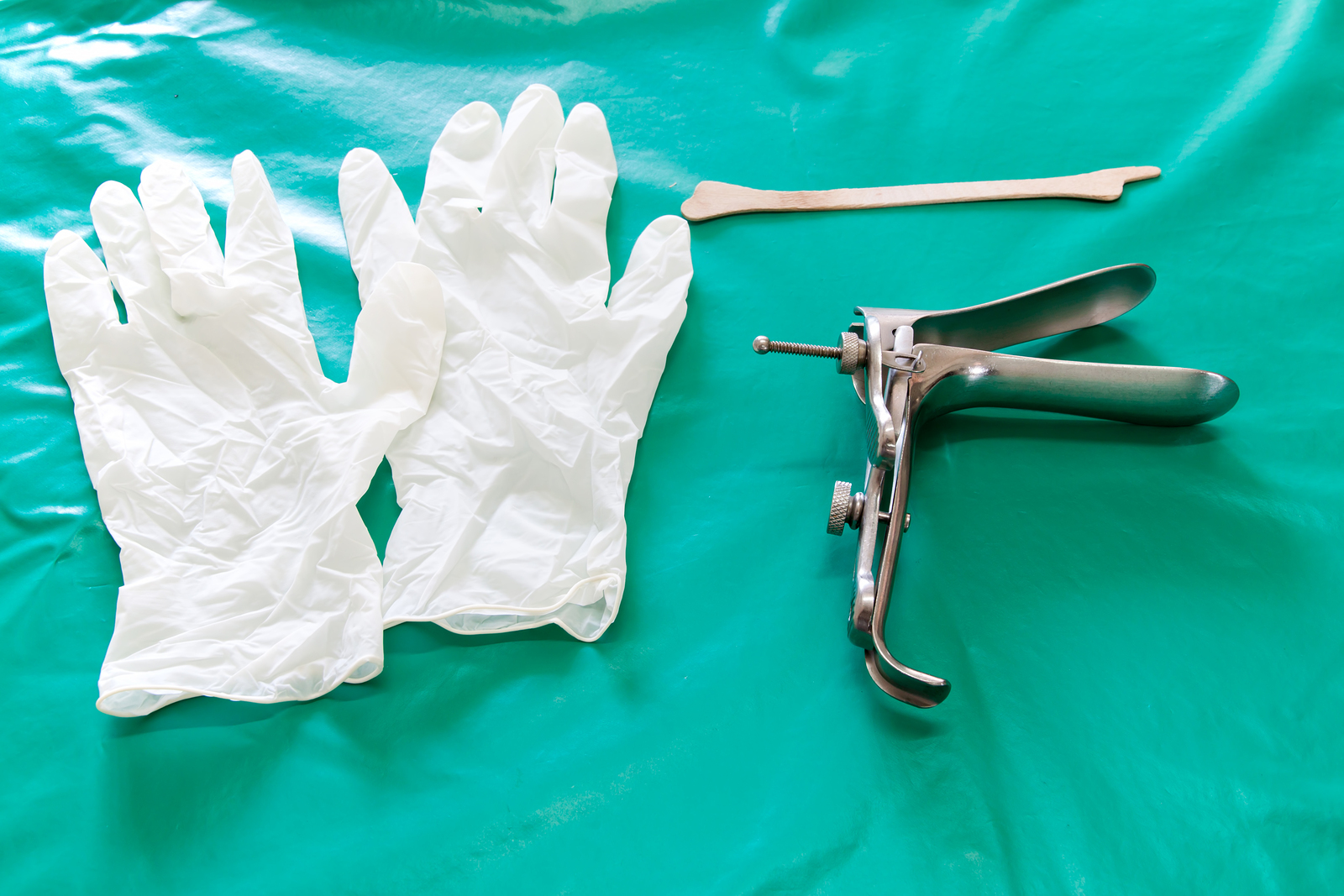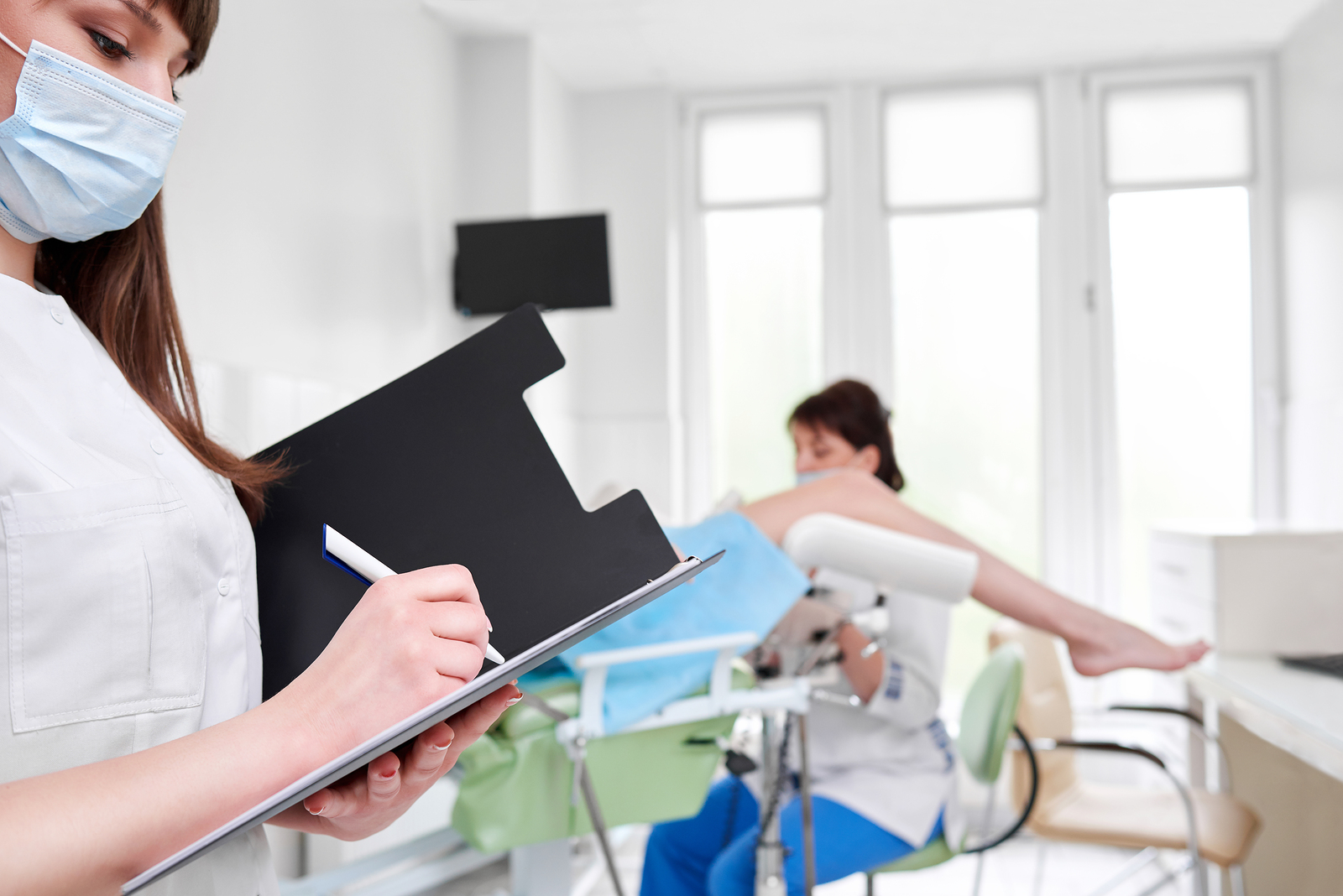You may have heard a lot about bone density and the risk of fractures; you might even be limiting your activities because you fear your bones aren’t strong enough to handle the pressure. But that may not be necessary at all – if you don’t truly understand bone density and what your body needs to maintain bone strength, you might be needlessly holding yourself back. Let’s take a look at bone density testing, how to interpret results, and what you can do to keep your bones healthy and strong.
The National Osteoporosis Foundation recommends that all women over age 65, and post-menopausal women with at least one risk factor for osteoporosis undergo a bone density test, which is usually a Dual-energy x-ray absorptiometry (DEXA). DEXA technology was introduced in 1988 and has become the most popular tool for measuring bone density. Results from bone density tests are used to diagnose osteopenia and osteoporosis.
DEXA measures the bone mineral content (BMC) of the spine, hip, wrist, femur, or any other selected part of the skeleton. It does this by focusing an x-ray on a body site and measuring the proportion of light rays that pass through the tissue as opposed to being blocked by minerals in the bone. Using computer software, it then divides that number by the surface area of the bone being measured to create bone mineral density (BMD).
Bone Density Test Results
After the bone density scan, a picture is printed out that shows where the patient’s BMD falls compared to the norm. The “norm” refers to the accepted standard peak bone mass (PMB) set by a selected reference group of young adults. There are no international standards of PMB because bone density varies so dramatically according to race and region.
Women are given a diagnosis of osteopenia if their T-score (measured against the younger reference group) bone density deviates 1.0-2.4 points (standard deviations) below the norm (although we’ve seen patients who were put on Fosamax at just 1.3). Anywhere below 2.5 standard deviations is diagnosed as osteoporosis.
In addition to a T-score, you can have a Z-score, which measures you against the average BMD for your age, sex, weight and ethnic or racial origin. Everyone loses bone density as they age, so someone with a normal Z-score might deviate significantly from the T-score. However, T-scores are the gold standard for traditional diagnosis. This means that eventually all women’s T-scores will deviate from the norm, and women with natural bone loss might appear to be suffering from a diagnosable disease. No wonder there’s an osteoporosis epidemic!
Limitations of Bone Density Tests
Errors in DEXA measurement can be 8–10% depending on the machine — that’s almost one standard deviation! This means that you might have normal bone density by one machine, and osteopenia by another. It also means that measurements of change in bone density over time are only completely accurate if all your tests are done with the same machine.
Another problem with bone density tests is that the range of healthy bone is much greater than this test would lead women to believe. What’s “low” for one woman may be just fine for another, depending on the thickness of her bones, her ancestry, her peak bone mass from when she was in her 20’s, and other variables.
Furthermore, reference groups that set the “norm” change from institution to institution. The most insightful DEXA results come from comparison to a reference group of people of the same race, age, region, and gender as yourself.
Several studies in Canada, Turkey, and the third National Health and Nutrition Examination Survey here in the US compared BMD samples from a diverse but local population with those supplied by DEXA’s manufacturers. The results showed that the percentage of women who would be called osteoporotic by the manufacturer’s standards dropped 20% under the customized standards.
The worrisome thing about these discrepancies in bone density test results is that women are changing their behavior dramatically when they think they’re abnormal. When a test indicates low bone density, they feel frightened and immensely fragile. Often women stop lifting and exercising for fear of getting a fracture — when that’s just what they need to be doing to support bone health! They also may start a course of preventive — and speculative — osteoporosis drugs that may continue for the rest of their lives.
So look at your bone density test with a healthy dose of skepticism. For a bone density test to truly be useful, you would need to know your own baseline bone density at age 25–30 and compare it 30 years later to a reading from the same machine.
And even if your bone density is measured under ideal conditions, it’s important to understand that bone density is not the same as bone strength.
Is Bone Density Really the Problem?
Low bone density alone does not cause fractures, nor does high bone density guarantee that your bones are healthy. In fact, bone density provides only a sliver of information about your overall risk of fracture.
Bone is strong because of its capacity for self-repair. Your body is constantly breaking down old bone and replacing it with stronger, new bone. This process results in bone that is sufficiently dense and flexible to withstand the forces of everyday activities.
Some bone loss is normal as we age. Accelerated bone loss is a concern, but so is dense, old bone that may be quite brittle. The key to strong bones is to support a healthy, balanced bone metabolism. At our practice, we always look at bone density test results in the context of what the patient is doing to reduce the de-mineralizing demands on bone and increase the support that helps build new bone. Here’s what we recommend:
- Optimize your nutrition. A calcium supplement is not enough. There are 20 essential bone-building nutrients that women need. A healthy diet will supply some of the nutrition you need, and medical-grade nutritional supplements can fill any gaps.
- Alkalize your diet. Some foods create acid in the body which must be buffered by the alkalizing compounds contained in bone. This process places excess demands on your bones’ mineral reserves. Avoid meat, sugar and coffee (they are acid-forming) and eat more vegetables, fruit and nuts (they alkalize).
- Focus on fitness. Exercise at least 30 minutes, three times a week. Weight-bearing exercise is the most helpful for your bones.
- Consider your emotional foundation. Stress, worry, and anxiety produce high levels of cortisol, which is destructive to bone. Reducing stress levels through cognitive therapy or other methods can only benefit your bone health.
- Consider other bone health tests to get a more rounded perspective of your bone health. At our clinic we like to monitor a woman’s NTx test results, which is a blood or urine test that indicates the rate of bone breakdown by measuring a specific molecule released during bone resorption. We also measure a woman’s pH level, which can help determine whether her diet and lifestyle are placing an excessive burden on her bones’ reserves of alkalizing compounds.
We’ve had great success with this approach in helping women stabilize or increase their bone density, while also promoting healthy bone metabolism and self-repair.
As a last resort for extreme bone loss, there are the widely prescribed bone density drugs called bisphosphonates. Bisphosphonates (like Fosamax and Actonel) stop bone mineral breakdown, allowing minerals to accumulate in the bone, which leads to an increase in bone density. We don’t generally recommend these medications because halting bone breakdown means that old bone is no longer being replaced by new bone. That means that overall, the bone becomes more brittle and more likely to break.
In fact, within a year of use these drugs halt the action of bone-building cells — the opposite of what your bones need! Plus they come with a host of risks and side effects.
If a woman’s individual bone loss is severe enough to warrant a bisphosphonate drug, we recommend she use the drug for no more than one year, and correct the underlying cause of her bone loss in the meantime using the steps outlined above.
Weak bones don’t usually cause symptoms, and screening tests are among the few clues a woman has to know if her bones are healthy. But we want women to understand that bone density test results are most meaningful when part of an overall bone health picture. Most important, there’s a lot you can do to strengthen your bones, no matter what your current bone density. So don’t let fear and misunderstanding keep you from doing what you love!

